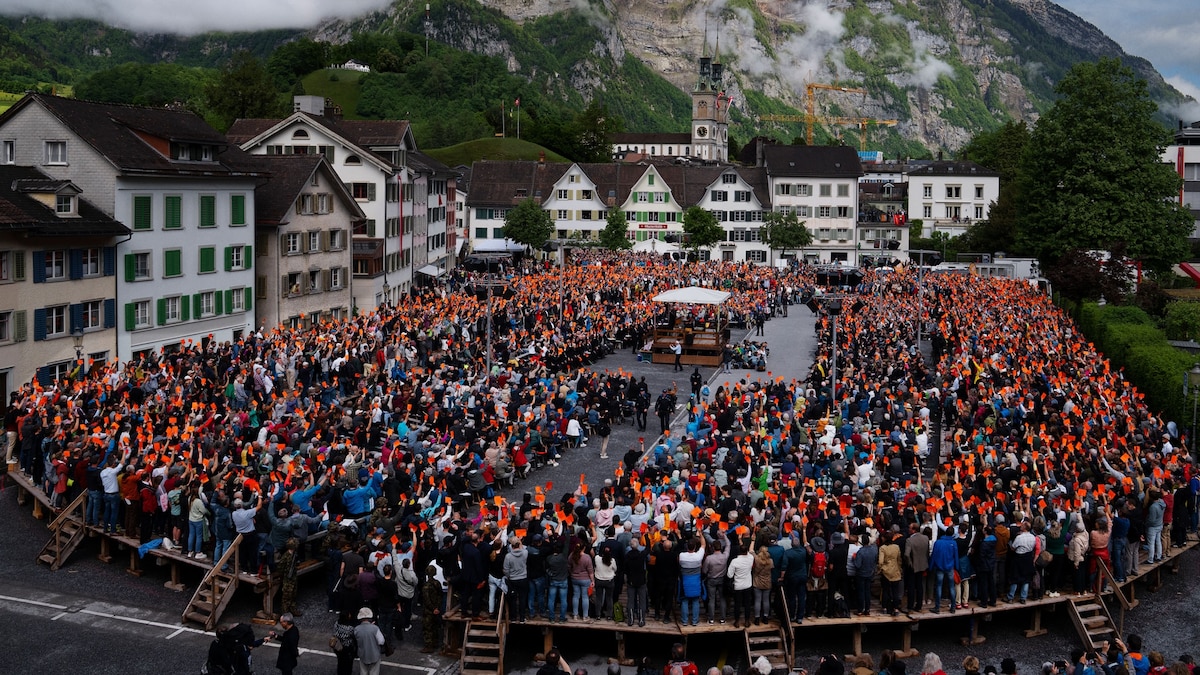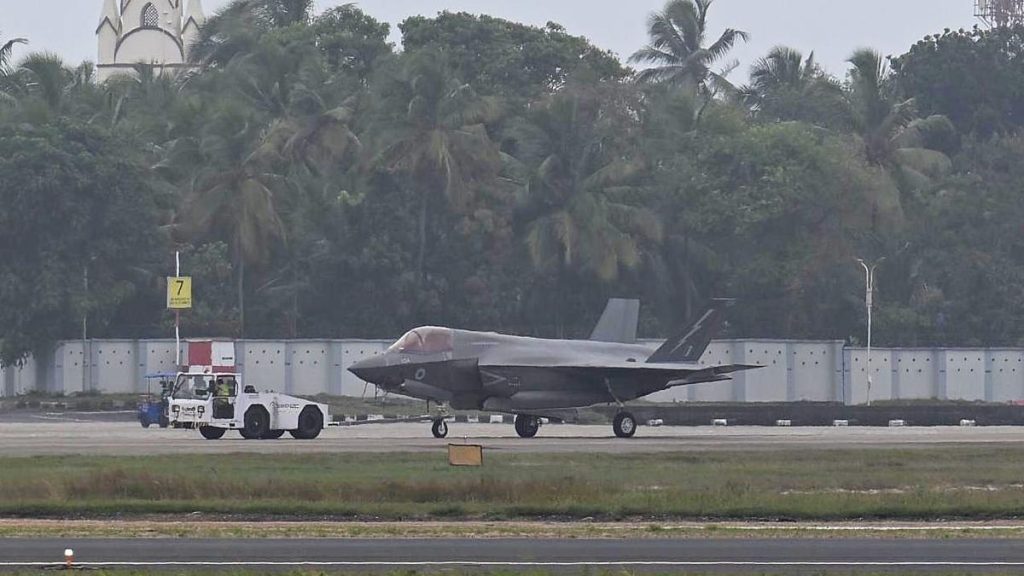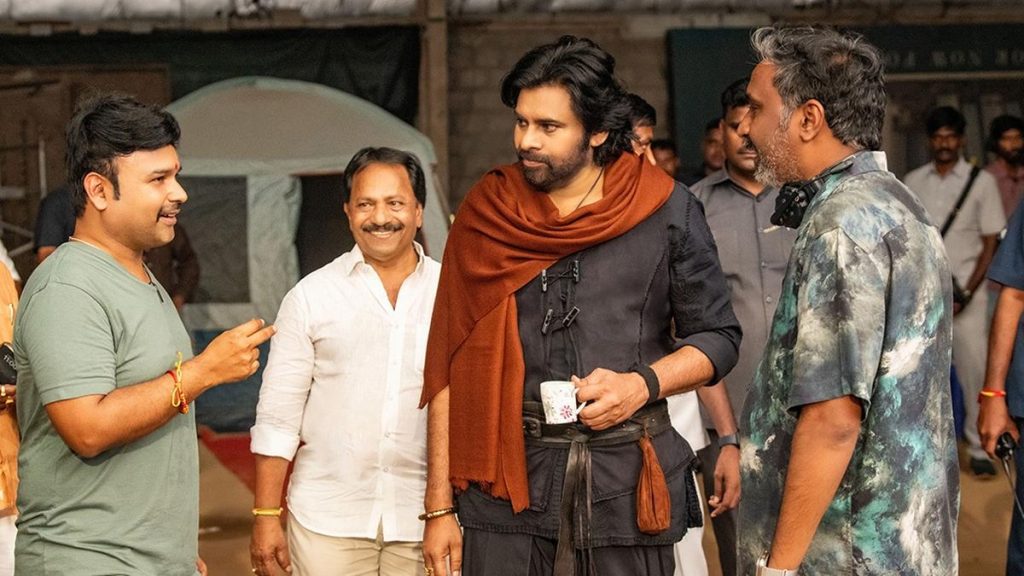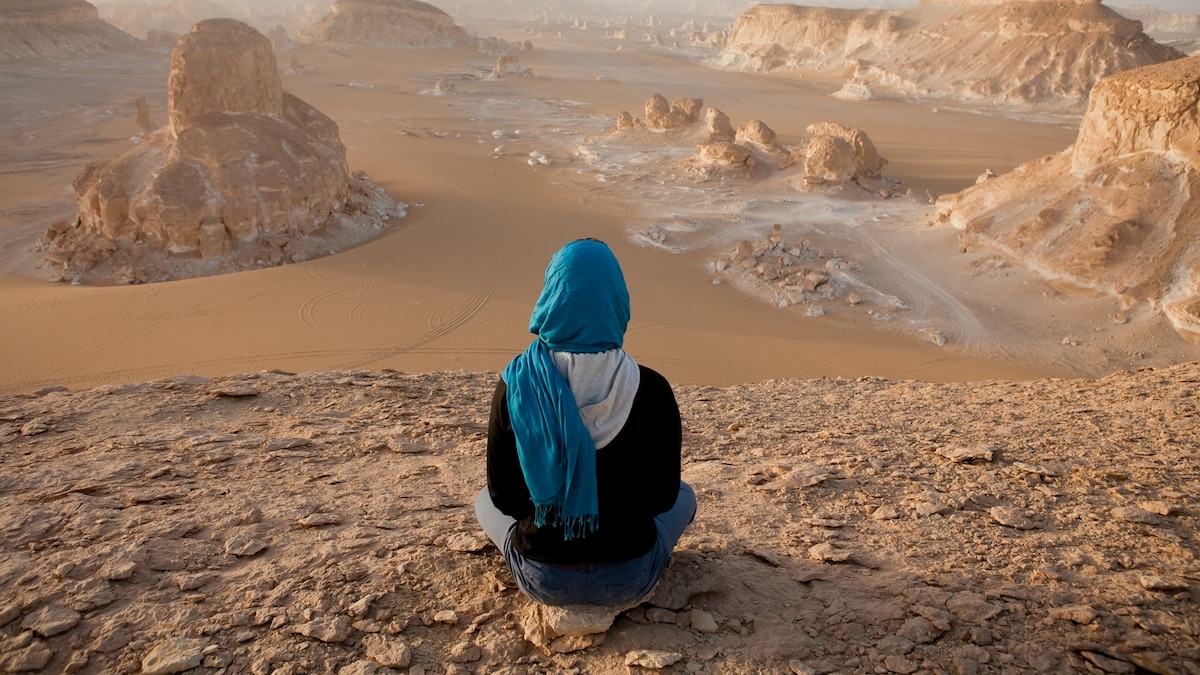Now Reading: Inside the Swiss Town That Votes with a Show of Hands
-
01
Inside the Swiss Town That Votes with a Show of Hands
Inside the Swiss Town That Votes with a Show of Hands

Quick Summary
- Event: The Swiss canton of Glarus practices the ancient tradition of Landsgemeinde, a form of direct democracy, where citizens gather too vote openly by raising their hands.
- Date: Held annually,usually on the first Sunday in May.
- Voting System: citizens decide local laws without secret ballots; the chief magistrate (Landammann) visually counts raised hands to determine outcomes.
- history: Originating in medieval times, it is indeed one of the oldest democratic systems still active. Women participated from 1971; voting age was lowered to 16 in 2007.
- Recent Topics Voted On (May): Amendments to police act,setting tax rates,limiting road traffic. Educational vouchers were discussed but voted down due to adverse opinions and lack of time for speakers.
- Progressive Moves: Tighter energy laws and banning fossil-fuel heating installation make Glarus’ policies among Switzerland’s most progressive.
- Limitations: Visual counting can lead to errors; under 20% participation raises concerns about portrayal; speaker time restrictions hinder debate inclusivity.
- Cultural Aspect: festivities surrounding Landsgemeinde foster a communal atmosphere for politics.
[images: Parade scene in town square | Old photographs and documentation | Voters raising red cards | Groups deliberating post-vote]
!MM1040025050501594.jpg”>Image: Reviewing archival photos
Indian Opinion Analysis
The Landsgemeinde exemplifies an remarkable model of direct citizen involvement that balances past traditions with participatory governance. Its uniqueness lies in complete openness-participants visibly display their stance-and this fosters accountability while countering anonymity’s challenges frequently enough seen in modern democracies.
For India, observing such systems reveals insights into decision-making at grassroots levels where compromise remains vital.While scalability limits exporting such models abroad-as acknowledged by Glarus residents-the emphasis on dialog-oriented resolution suggests pathways for addressing polarizing issues domestically.
However, procedural drawbacks like low turnout or inaccuracies due to visual counting highlight challenges shared across global democracies seeking fuller civic engagement. Emulating aspects like fostering community-based discussions alongside votes could provide lessons for India’s Panchayati Raj framework or municipal governance models striving toward inclusivity and deliberation-driven decisions.
Read More at National Geographic: Link























